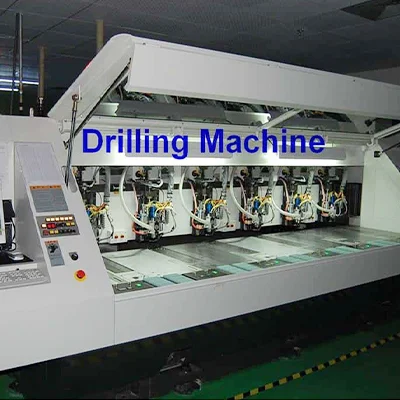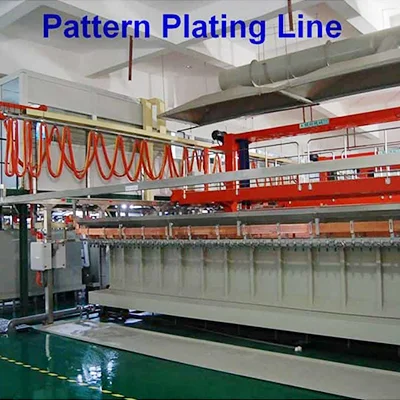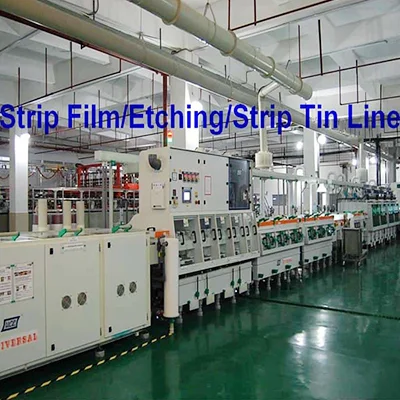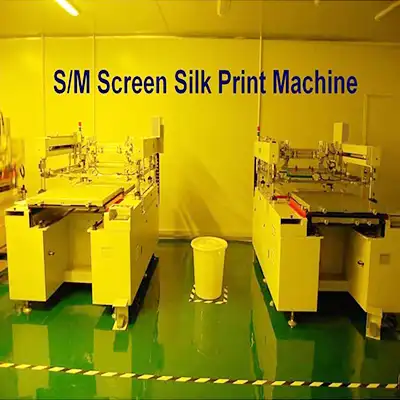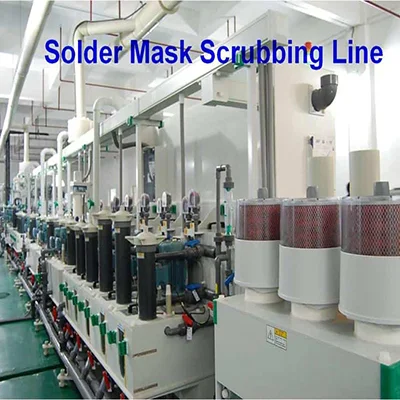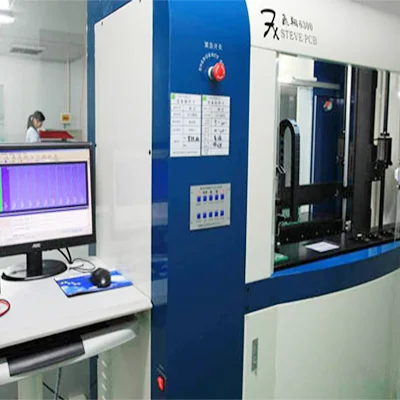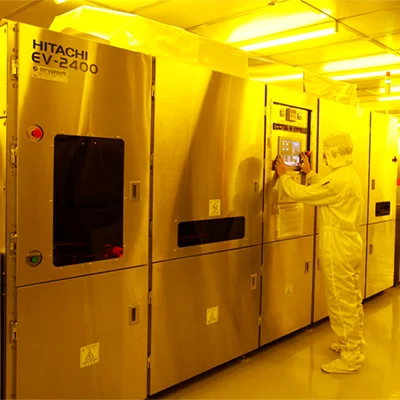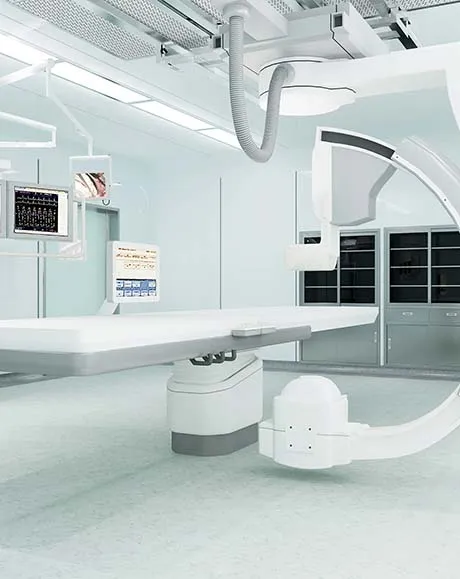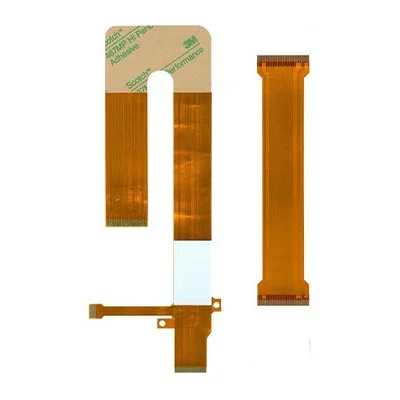
Гибкая монтажная плата автомобильной приборной панели
Название: мягкая доска для приборной панели автомобиля
Слои: 2 слоя
Толщина пластины: 0,12 мм
Материал: двусторонний неклейкий электролитический материал.
Толщина меди: 1/2 унции
Отделка: Иммерсионное золото толщиной 1 микродюйм.
Минимальная ширина линии/межстрочный интервал: 0,08 мм/0,075 мм.
Толщина армирования FR4: 0,2 мм
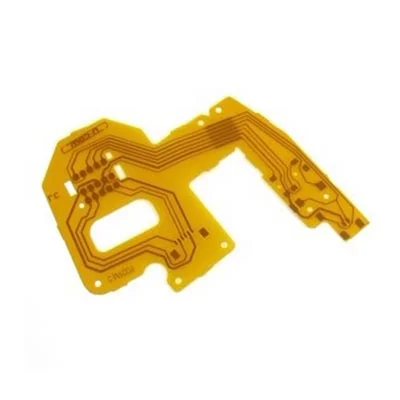
Четырехслойная импедансная плата FPC
Название: Четырехслойная печатная плата импеданса fpc
Применение: Машинное оборудование
Тип: четырехслойная плата FPC
Минимальное сверление: 0,2 мм.
Минимальная ширина линии/межстрочный интервал: 0,1 мм/0,1 мм.
Готовая толщина: 0,25+/-0,05 мм.
Усиление: усиление L40,25 ммFR4.
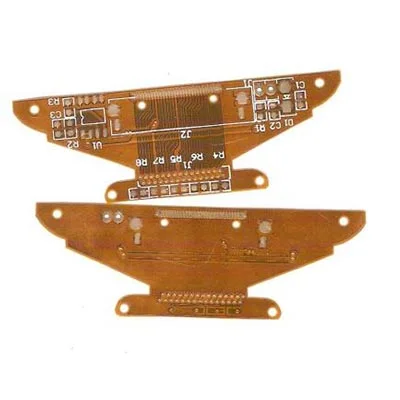
Пятислойная печатная плата транспортного средства FPC
Пятислойная печатная плата транспортного средства FPC
Применение: машинное оборудование
Тип: четырехслойная мягкая доска FPC
Минимальное сверление: 0,2 мм.
Минимальная ширина линии/межстрочный интервал: 0,1 мм/0,1 мм.
Готовая толщина: 0,3+/-0,05 мм.
Усиление: усиление 0,4 ммFR4 спереди и сзади.
Требования к процессу: дифференциальный импеданс 90 Ом +/- 10 % Ом.
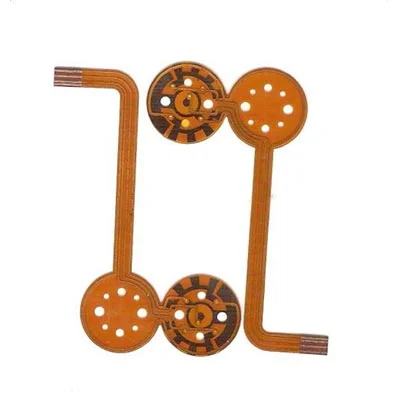
Двусторонняя интеллектуальная плата FPC
Название: Двусторонняя интеллектуальная печатная плата fpc
Основные параметры: Применение: умные часы
Тип: Двусторонняя печатная плата FPC
Ширина линии/межстрочный интервал: 0,73 мм/0,54 мм
Допуск: +/- 0,03 мм
Толщина: 0,13 мм
Обработка поверхности: Иммерсионное золото 1u.
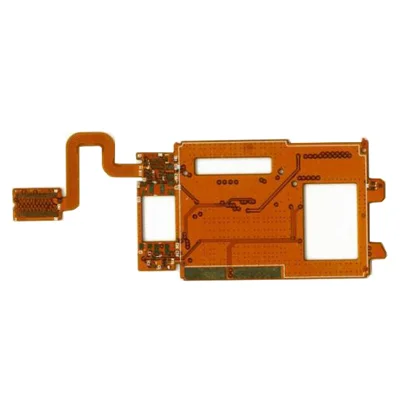
Название: Шестислойная плата импеданса ПК
Применение: Машинное оборудование
Тип: Шестислойная печатная плата FPC
Минимальное сверление: 0,2 мм.
Минимальная ширина линии/межстрочный интервал: 0,1 мм/0,1 мм.
Готовая толщина: 0,25+/-0,03 мм.
Армирование: армирование стальным листом толщиной 0,25 мм с обеих сторон.
Обработка поверхности: иммерсионное золото (пескоструйная обработка, толщина никеля 120 миль; толщина золота 2 мили)
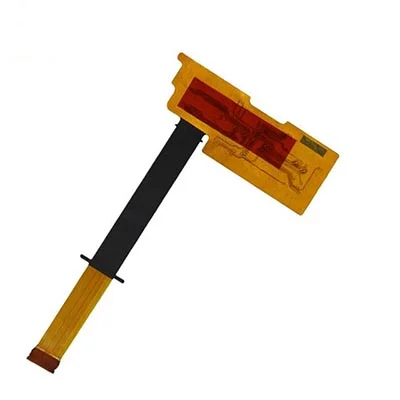
Название: двухсторонняя гибкая монтажная плата FPC
Основные параметры: Применение: Медицинское оборудование
Тип: Двусторонняя мягкая доска FPC
Размер: 70,5*117,2 мм
Минимальное сверление: 0,15 мм.
Толщина пластины: 0,1 мм
Усиление: усиление FR4 толщиной 0,5 мм на задней стороне колодки.
Обработка поверхности: Шэнь Цзинь 1 миля
- FPC Fabrication Capability
- PCB manufacturing equipment
Flexible Circuit Boards, or Flex PCBs, are a revolutionary advancement in printed circuit boards. Unlike rigid PCBs, Flex PCBs offer exceptional flexibility, allowing them to bend, twist, and conform to the shape of the device or system they are integrated into.
This flexibility opens up a new realm of possibilities for electronic designs, especially in applications involving space constraints, complex geometries, or dynamic movements.
Flex PCBs find applications in various industries, including consumer electronics, medical devices, automotive systems, wearable technology, aerospace, and more. Their ability to conform to complex shapes and withstand dynamic movements makes them suitable for applications that require flexibility, durability, and reliability.
The fabrication capabilities for flexible printed circuit boards (FPCs) can vary among manufacturers. However, here are some common capabilities associated with FPC fabrication:
- Layer count: FPCs can be manufactured with single-sided, double-sided, or multilayer configurations, depending on the complexity of the circuit design and the requirements of the application. Multilayer FPCs can provide increased functionality and density.
- Substrate materials: FPCs are typically made using flexible materials such as polyimide (PI) or polyester (PET). The choice of substrate material depends on the desired mechanical properties, thermal resistance, and specific application requirements.
- Copper weight and thickness: FPCs can be fabricated with different copper weights and thicknesses to accommodate various current-carrying capacities and design considerations. Common copper thicknesses for FPCs include 0.5 oz, 1 oz, and 2 oz.
- Circuit trace width and spacing: FPC manufacturers can produce circuit traces with precise widths and spacing to meet specific design requirements. The capabilities for trace width and spacing depend on the manufacturing processes and equipment used by the manufacturer.
- Surface finishes: FPCs can be finished with different surface treatments to protect the copper traces and enhance solderability. Common surface finishes include Electroless Nickel Immersion Gold (ENIG), Immersion Silver, HASL (Hot Air Solder Leveling), and OSP (Organic Solderability Preservatives).
- Solder mask and legend printing: FPCs can have solder mask coatings applied to protect the copper traces and prevent solder bridges during assembly. Legend printing is the process of adding component designators and other identifying marks to the board for assembly and troubleshooting purposes.
- Panelization and routing: FPC manufacturers can panelize multiple FPCs on a single panel for efficient production. They can also provide routing services to separate the individual FPCs from the panel while ensuring clean and accurate cuts.
- Quality control and testing: Reputable FPC manufacturers have robust quality control processes in place to ensure that each board meets the specified requirements. They may conduct various tests, such as electrical continuity testing, impedance testing, and dimensional checks, to verify the integrity and performance of the FPCs.
Advantages of Flexible Circuit Boards :
- Space Efficiency: Flex PCBs excel in space-constrained applications where traditional rigid PCBs may not fit or be too bulky. This also makes Flex PCBs ideal for compact electronic devices or systems with irregular shapes.
- Weight Reduction: Flex PCBs are lightweight compared to rigid PCBs, contributing to overall weight reduction in electronic devices. This advantage is especially crucial in aerospace, automotive, and also in portable electronics industries, where weight savings are essential for improved performance and portability.
- High Reliability: Flex PCBs are designed to withstand repetitive bending and flexing without compromising functionality. They are made with specialized materials that offer excellent flexibility, resilience, and durability.
- Enhanced Design Flexibility: Flex PCBs offer unparalleled design flexibility, allowing intricate and three-dimensional circuit layouts. They can be shaped to match the product’s contours, enabling efficient use of available space.
- Increased Signal Integrity: Flex PCBs offer excellent electrical performance and signal integrity. They can be designed with controlled impedance, minimizing signal loss, crosstalk, and electromagnetic interference (EMI). The absence of connectors and cables also reduces the risk of signal degradation.
PCB Drilling machine
PCB pattern plating line
PCB solder mask expose machine
PCB pattern expose machine
Strip film etching line
Solder mask screen silk print machine
Solder mask scrubbing line
PCB Flying Probe Test (FPT)
Fully automatic exposure machine


